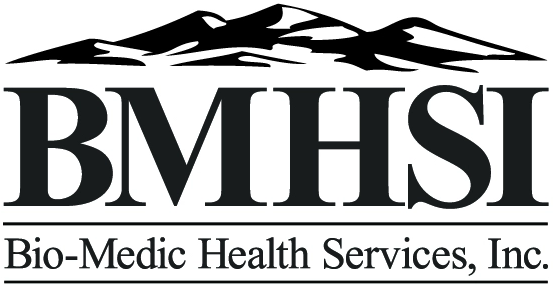
In today's world, where hygiene and cleanliness are paramount, the choice of the right disinfectant wipes becomes crucial, especially in healthcare settings. Among the numerous options available, three heavyweights stand out: Purell Healthcare Surface Disinfectant Wipes, PDI Super Sani-Cloth® Germicidal Disposable Wipes, and Clorox Healthcare Bleach Germicidal Wipes. Each of these wipes brings its own set of features and benefits to the table, catering to specific needs and preferences within the healthcare industry.
Purell Healthcare Surface Disinfectant Wipes
Purell, a trusted name in hand hygiene, extends its expertise to surface disinfection with its Healthcare Surface Disinfectant Wipes. These wipes are formulated to kill 99.9% of germs on surfaces while being gentle enough to use around patients. Their non-toxic and fragrance-free formula makes them suitable for a variety of settings, including patient rooms, waiting areas, and laboratories.
What sets Purell wipes apart is their compatibility with a wide range of surfaces, including acrylic, glass, metal, and plastic. This versatility ensures comprehensive disinfection throughout healthcare facilities without the risk of damaging sensitive equipment or materials. Additionally, the absence of harsh chemicals makes them safe for frequent use without causing irritation or residue buildup.
PDI Super Sani-Cloth® Germicidal Disposable Wipes
PDI Super Sani-Cloth® wipes are renowned for their broad spectrum efficacy against harmful pathogens, including bacteria, viruses, and fungi. These disposable wipes are designed to meet the stringent standards of healthcare environments, where thorough disinfection is non-negotiable. With a fast contact time and durable material, they offer convenience without compromising on effectiveness.
One of the key features of Super Sani-Cloth® wipes is their alcohol-based formula, which evaporates quickly, leaving behind a clean and dry surface. This attribute makes them ideal for high-touch areas such as exam tables, door handles, and medical equipment. Moreover, their large size ensures ample coverage, reducing the need for multiple wipes during routine cleaning protocols.
Clorox Healthcare Bleach Germicidal Wipes
Clorox Healthcare Bleach Germicidal Wipes harness the power of sodium hypochlorite, a proven disinfectant, to eliminate a broad spectrum of pathogens, including Clostridium difficile (C. diff) spores. These wipes are EPA-registered and comply with OSHA bloodborne pathogen standards, making them a preferred choice for healthcare facilities where infection control is paramount.
The bleach-based formula of Clorox wipes provides assurance against some of the most resilient pathogens encountered in healthcare settings. Their ready-to-use convenience and superior efficacy make them indispensable for disinfecting surfaces in critical care areas, isolation rooms, and surgical suites. Despite their potent disinfecting properties, Clorox wipes are designed to be gentle on surfaces, minimizing the risk of corrosion or discoloration.
Conclusion
In the battle of disinfectant wipes, there is no one-size-fits-all solution. The choice between Purell Healthcare Surface Disinfectant Wipes, PDI Super Sani-Cloth® Germicidal Disposable Wipes, and Clorox Healthcare Bleach Germicidal Wipes ultimately depends on factors such as specific disinfection needs, surface compatibility, and user preferences.
Healthcare facilities must evaluate each option based on efficacy, safety, and ease of use to determine the most suitable solution for their unique requirements. Whether it's the gentle touch of Purell, the broad spectrum efficacy of PDI Super Sani-Cloth®, or the potent disinfection of Clorox Healthcare, each wipe plays a vital role in upholding the highest standards of cleanliness and infection control in healthcare environments.
